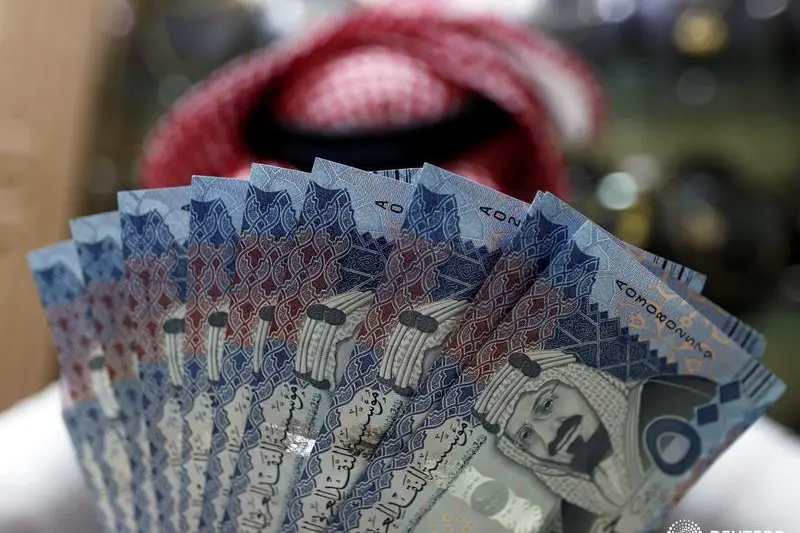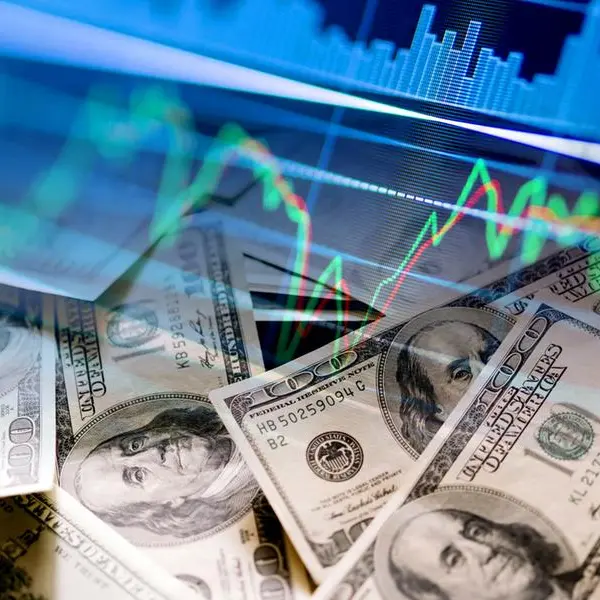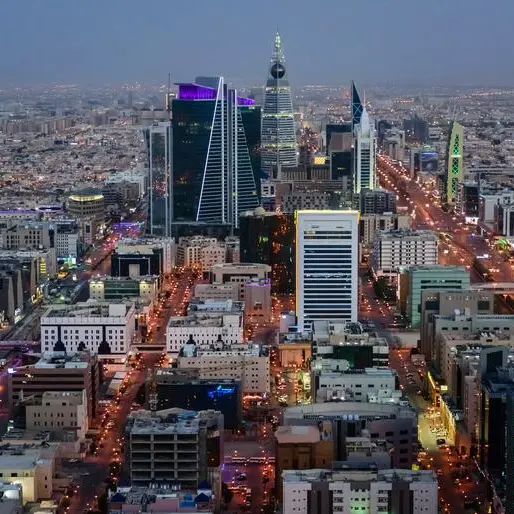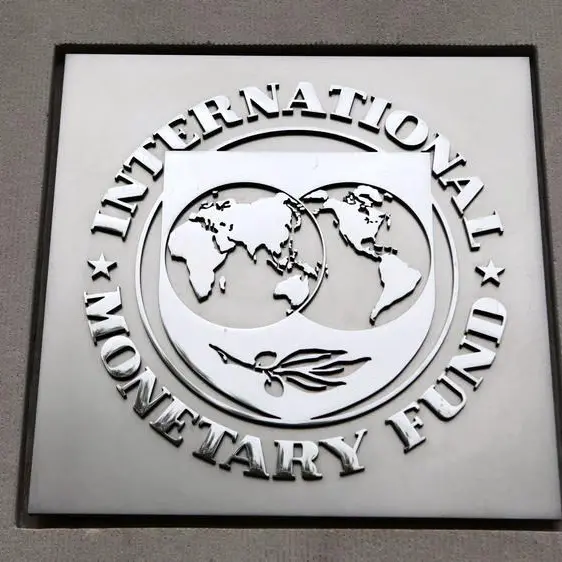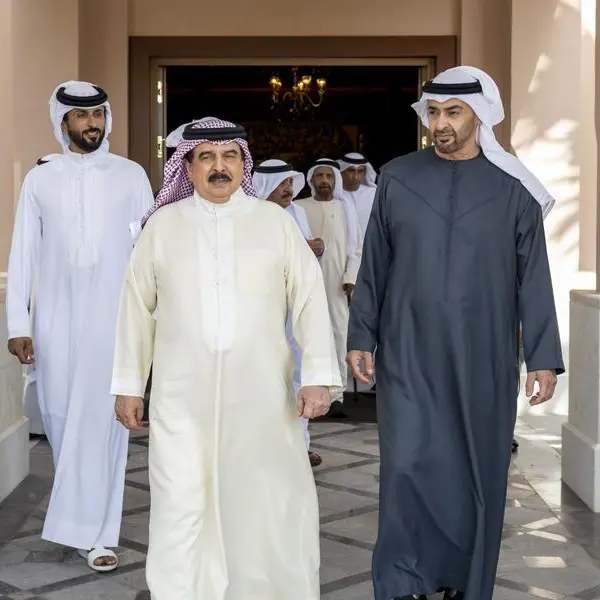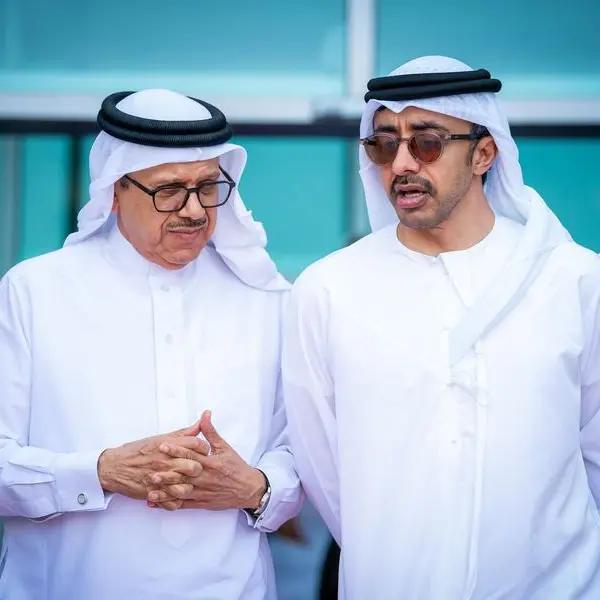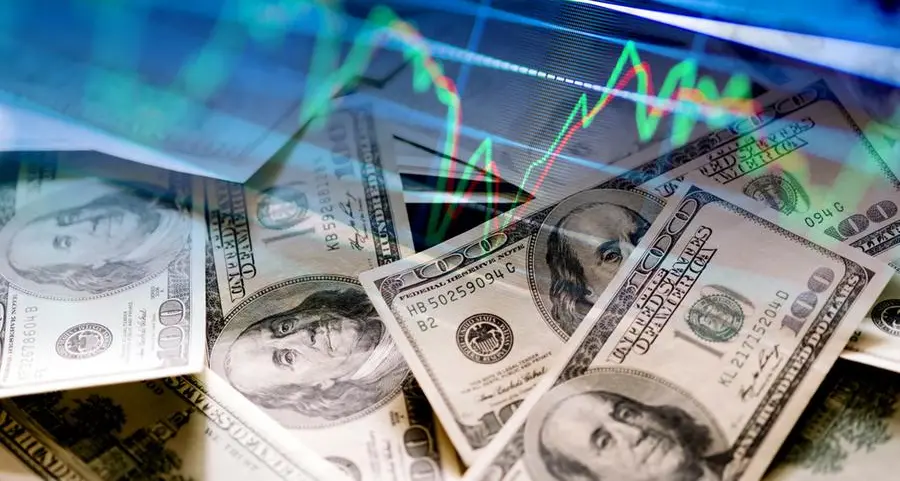PHOTO
As Saudi Arabia announces a budget spending of 1.1 trillion Saudi riyals ($293.3 billion) for 2019, the highest in the kingdom’s history, analysts foresee a potential need by the state to reverse its economic stimulus policy in response to lower than projected oil prices.
The 2019 budget deficit is estimated to reach 131 billion riyals, or 4.2 percent of gross domestic product (GDP), which is lower than the expected 2018 deficit of 136 billion riyals (4.6 percent of GDP), according to a statement posted by the Saudi Ministry of Finance on its website.
Spending for the 2019 budget is 1.106 trillion Saudi riyals, approximately 7 percent higher than the projected expenditure by the end of 2018, according to a speech by Saudi Arabia’s King Salman, and revenues are expected to come in at 975 billion riyals in 2019, an increase of 9 percent over expected revenue by the end of 2018.
“The Saudi budget shows an aggressive move to stimulate and diversify the economy further. Keeping to a stringent fiscal policy is needed not only to keep deficits down or even removed, but also to increase the confidence of international investors and companies to invest in the kingdom,” Cyril Widdershoven, director of VEROCY, a Dutch geopolitical and financial analysis firm, told Zawya by email.
There are, however, some critical issues with the new Saudi budget announcement, according to Widdershoven.
“The first is that the kingdom still falls back to redistribute wealth via subsidies and wages to government officials and the army. These issues should not be kept in place as they counter some of the effects of the fiscal policy and energy subsidy removals,” he told Zawya.
Earlier this week, the Saudi king announced that it would extend by another year an allowance put in place last year to cover the rising cost of living in response to public discontent on the country’s austerity drive. (Read more here).
“At the same time, the budget seems to be based on (an oil price of) $80 per barrel, which could be an issue in Q1 and further. The kingdom will need to find a solution to the oil price slump not to endanger all,” he added.
A note by London-based consultancy Capital Economics labeled the state’s budget projections for 2019 as “wishful thinking”, as the government bases its assumptions on oil prices rising to almost $80 per barrel for the year.
“If (oil) prices stay low as we expect, this stimulus is likely to be reversed in the second half of the year, weighing on growth in the non-oil sector,” the note said.
“We think that this optimism is misplaced and our forecast is that Brent will fall further to $55pb by the end of 2019. Based on this and the government’s projections for spending and non-oil revenues, we estimate that the budget deficit would be closer to 10 percent of GDP,” the note added.
At the same time, optimism levels in Saudi optimism could climb higher still if the amount of inflows expected into Saudi stocks following the inclusion into emerging market indices by FTSE Russell and MSCI take effect, according to Widdershoven.
Global index provider MSCI decided in June that it will reclassify Saudi Arabia as an emerging market from the middle of 2019, in a move that could generate billions of foreign ownership inflows according to some analysts. (Read more here).
In February this year, Sarah Al Suhaimi, chairperson of the Saudi stock market said that the number of qualified foreign institutions (QFIs) in Saudi Arabia more than doubled in 2017, as the kingdom introduced a broad set of reforms to its capital markets. (Read more here).
And this week, the Saudi finance minister announced that the foreign investment in the kingdom more than doubled in 2018 to 13 billion riyals ($3.5 billion), according to a Reuters report. (Read more here).
According to Omar El Sayed, a lawyer at Linklaters, a UK-based law firm, it is going to take significant measures to truly develop the economy, but investors can take comfort from the kingdom’s continued ambitions to stimulate growth, he told Zawya.
“Saudi Arabia has been working hard to diversify its economy, introducing new legislation and foreign investment policies on an unprecedented scale. This is being backed up by record government spending showing a real desire to ensure that all the reforms that are in progress as well as in the pipeline fully deliver the intended benefits.”El Sayed told Zawya by email.
“The real impact of the kingdom’s restructuring of the economy is intended to be medium to long term - a true diversification away from an oil based economy. It makes sense that the kingdom would in the interim seek to bolster the private sector through cost-of-living allowances. It fits the overall strategy of the kingdom around Vision 2030” he added.
Among the major legal reform measures undertaken by Saudi Arabia has been rolling out the long-awaited bankruptcy law earlier this year. Analysts foresee a more reliable legal framework with this law, which reduces the risks of doing business in the kingdom and improves its appeal among foreign investors. (Read more here).
Further reading:
- Saudi fin min: no plan to change expat fee policy, fuel prices reviewed regularly
- Legal and regulatory reforms to boost FDI in Saudi Arabia
- Saudi Tadawul to attract $40.8bln investments
- Saudi Arabia budget set to boost spending in 2019
- With spending boost, budget gives Saudi Arabia reforms new impetus
(Reporting by Nada Al Rifai; Editing by Michael Fahy)
Our Standards: The Thomson Reuters Trust Principles
Disclaimer: This article is provided for informational purposes only. The content does not provide tax, legal or investment advice or opinion regarding the suitability, value or profitability of any particular security, portfolio or investment strategy. Read our full disclaimer policy here.
© ZAWYA 2018
